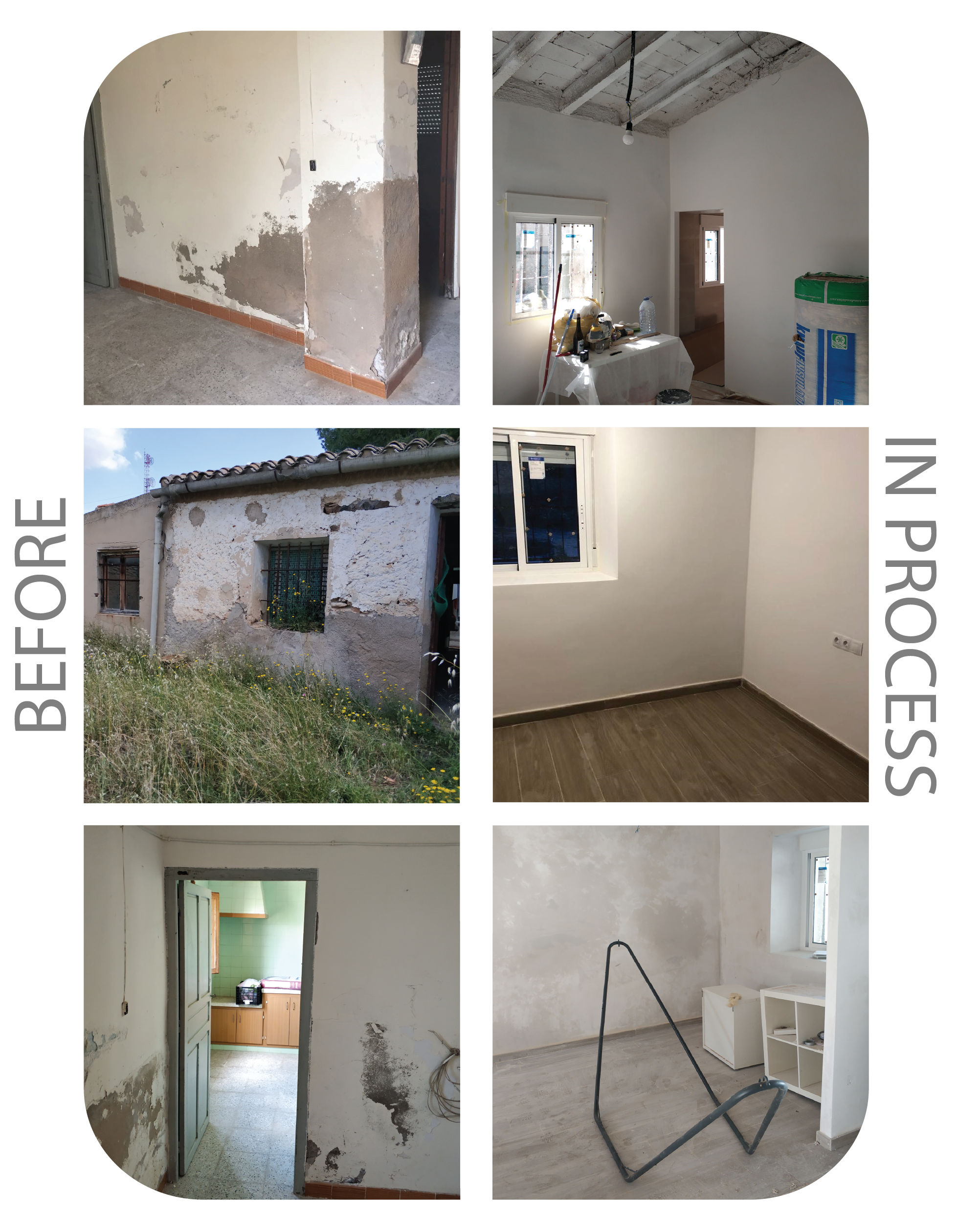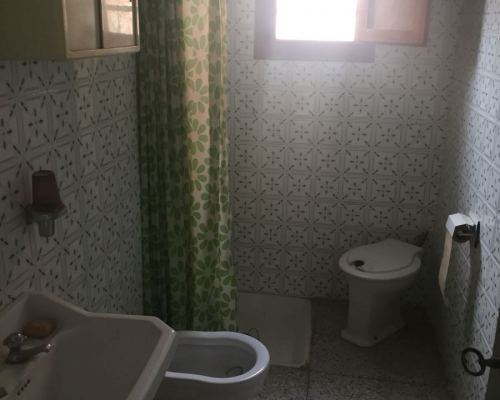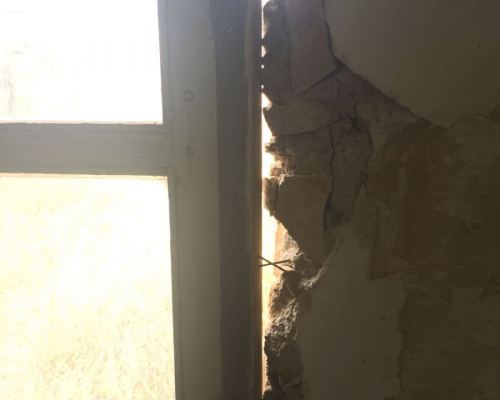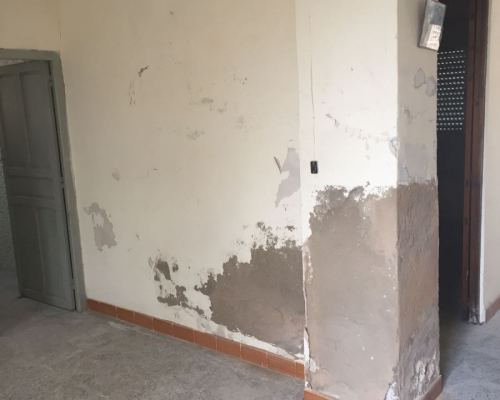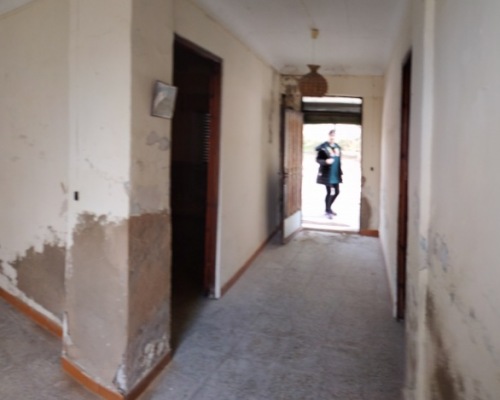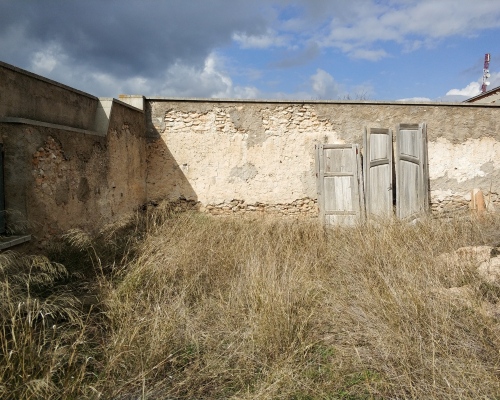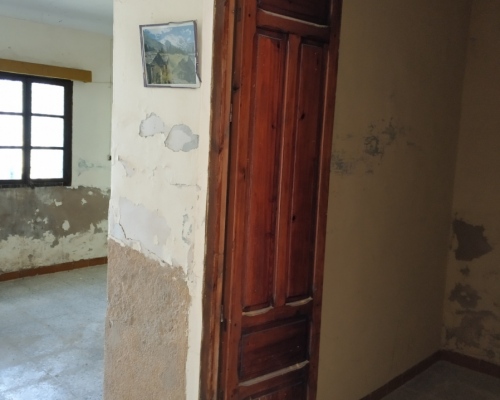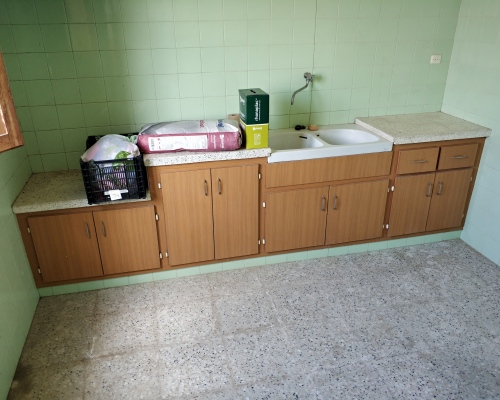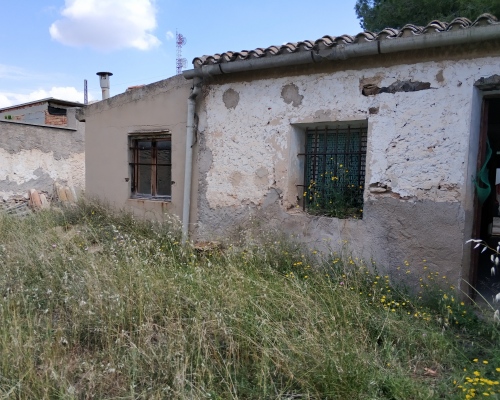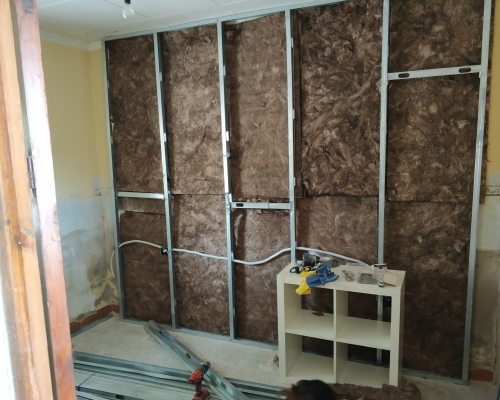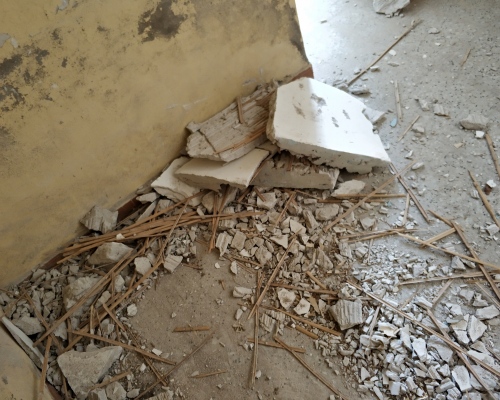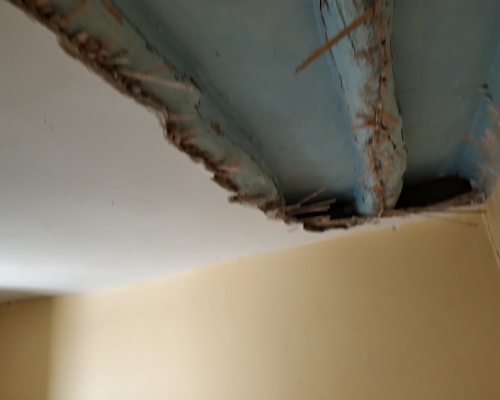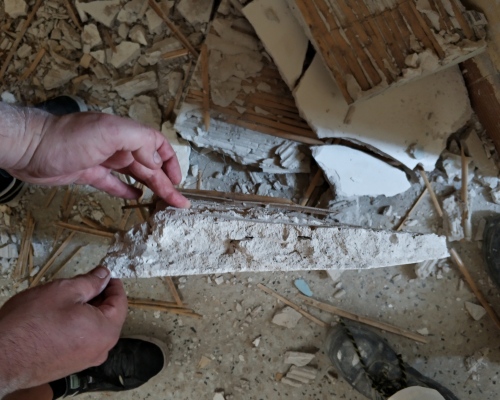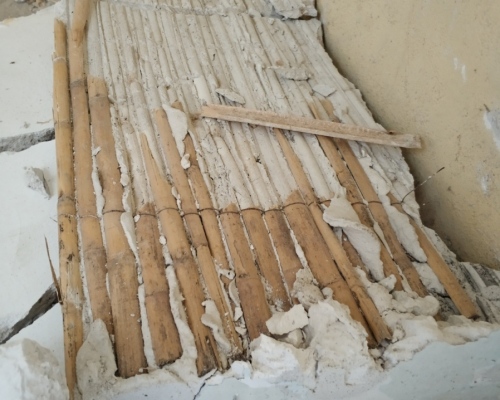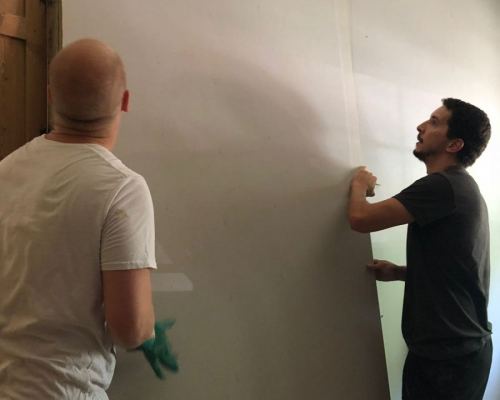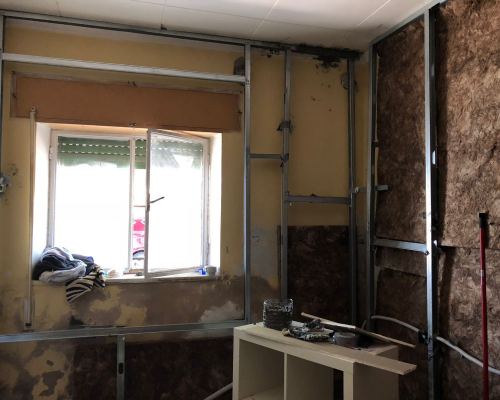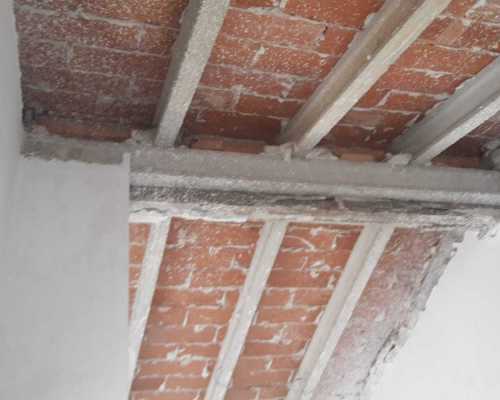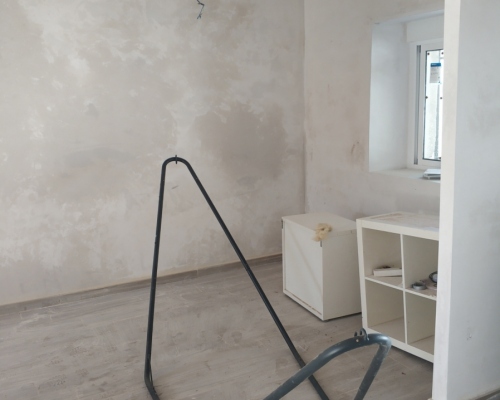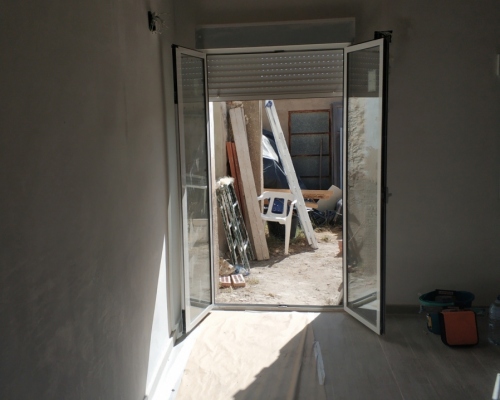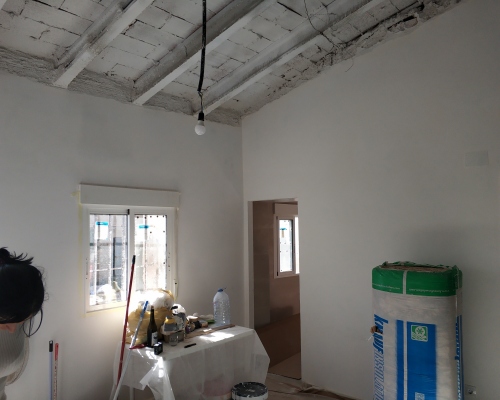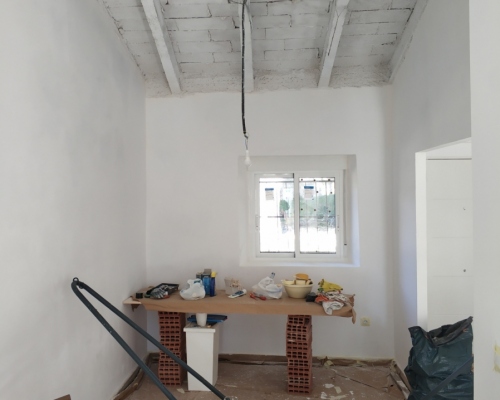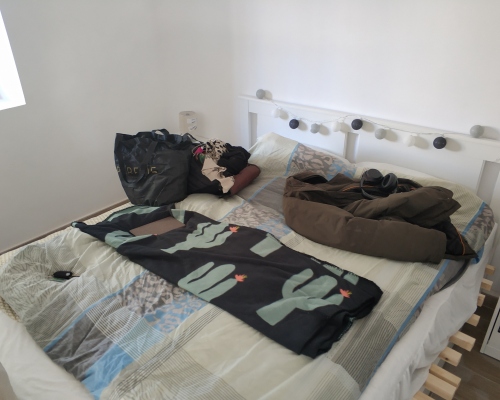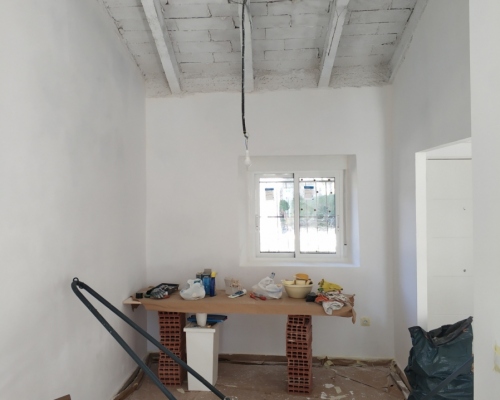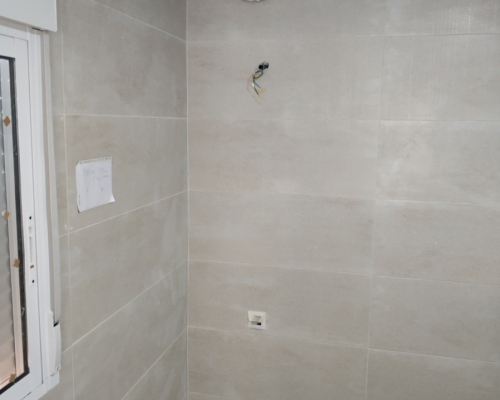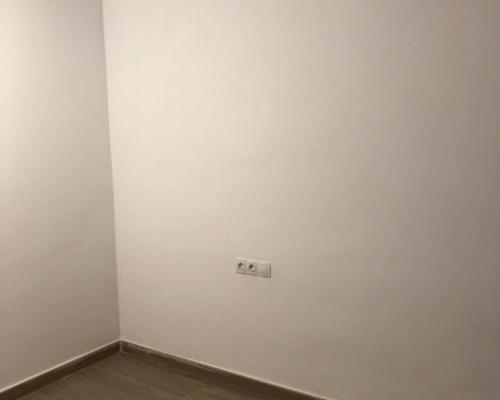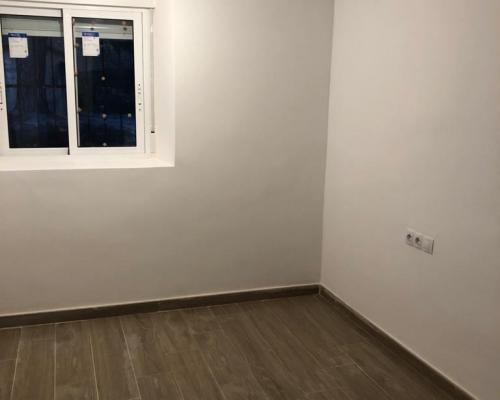In 2018 we bought an abandoned house with some land about 1 hour driving from Alicante and Valencia and 3 hours from Madrid. The house has about 83 m2, 150 m2 patio of and another 750 m2 of land. It is not connected to the power grid and we found out it is not to the main waterlines nor sewer and the plan is to slowly transform it with a low budget being as off grid and low maintenance as possible. For example, the electricity is fully solar panels while the future garden will likely be automatically watered by the well.
The images below are divided in 3 parts – Before, Main Construction Stage and More Developed as we decided to develop this one slowly. When it is done a fourth stage will be at the bottom. Each phase shows 9 images but click on them to get full screen and to see more images.
Solar panels
The electricity was the easier part where we went with a solar panel system for 4250€. It had 6 units of 275w so 1650 watt. The inversor has 3000w max and 4 batteries AGM 6V -400Ah C20. Here is the full spec of our system.
We have tried this system extensively for only one weekend as we had the issue of no running water which proved to be a more complicated matter. For very energy consuming items such as heating the amount of batteries does not last that long but the point of this is to reduce the energy consumption so even though there will be some limitations later on one can choose to accept that as a natural condition of living offgrid. In March 2020 we did the biggest test and we were using a cooker, then turned on the heater with 2000w and it was running about 1 hour until the system started beeping.
Before
Main Construction Stage
More Developed Stage
Finished State
In March 2020 we finished painting the house and we also mounted a bedroom. In addition to fixing the whole interior we still have about 800 m2 of land, namely a patio to fix. Hence the project is not finished our intention was to intentionally let this project take years without any hurry. It is very calming to have something with no mortgage, no bills attached and being off grid and I look forward to maximise its potential while learning be it gardening, pump systems for the well and watering the future garden etc.
Water
Surprisingly this has been the most difficult part of the development because of the situation. In order to install water you need a lot of papers including old water bills. But telling the water company that there was no water there previously then they ask for papers of a new build. But if you tell them that the building is over 100 years old then they said the documents required are not there. We managed to solve this however and got water installed in January 2020 for a hefty price.
